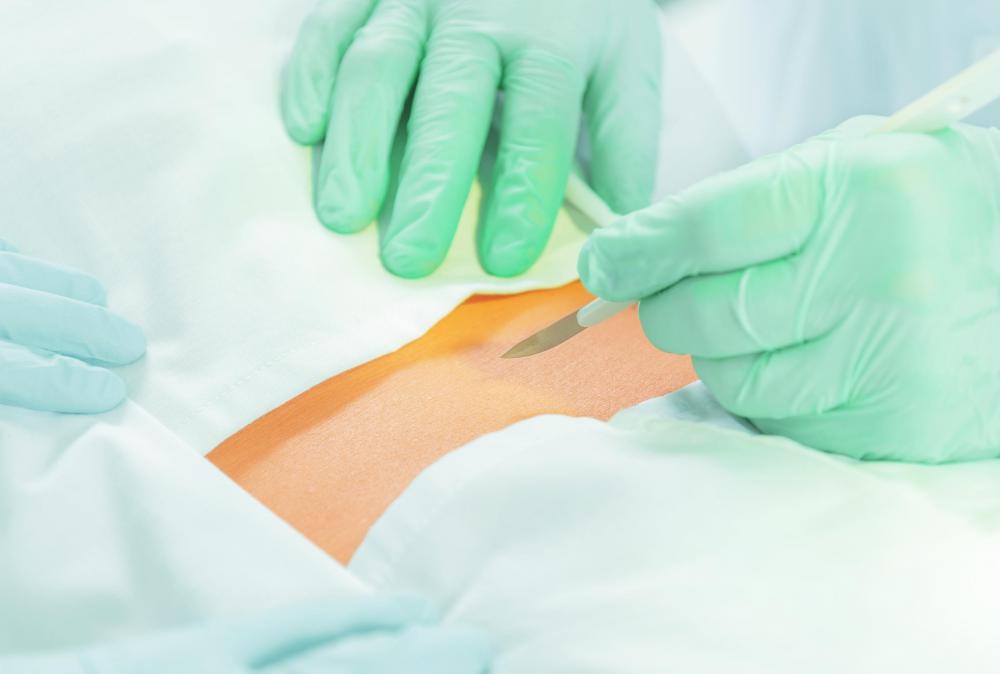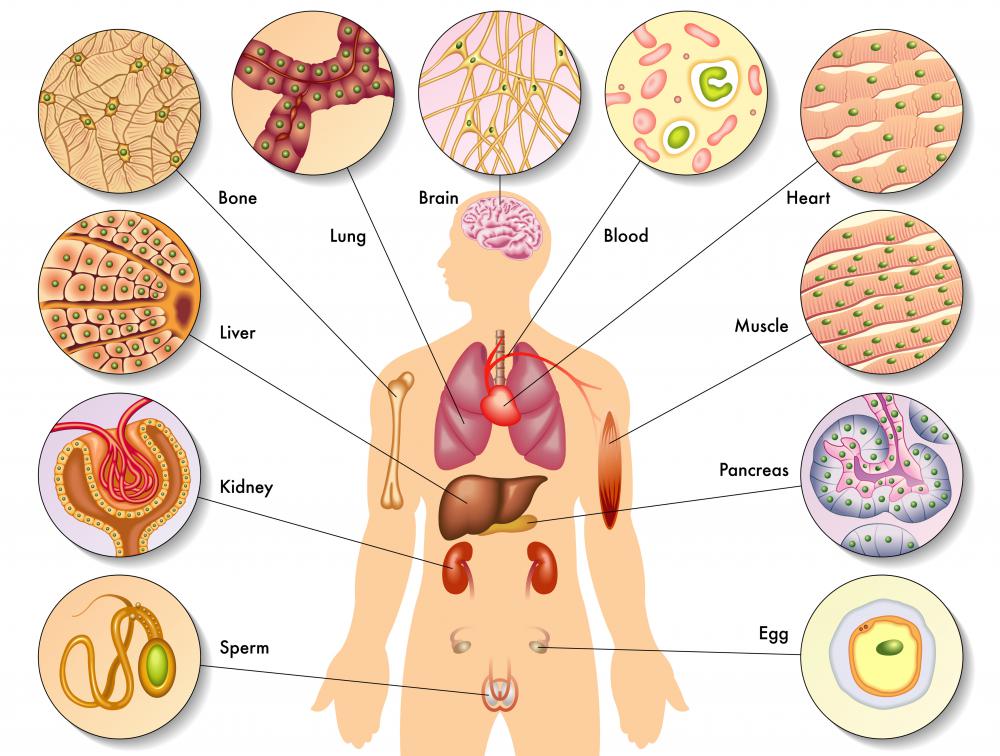At WiseGEEK, we're committed to delivering accurate, trustworthy information. Our expert-authored content is rigorously fact-checked and sourced from credible authorities. Discover how we uphold the highest standards in providing you with reliable knowledge.
What Is a Cadaver Donor?
A cadaver donor is a person who makes the decision to donate his or her body after death for the sake of scientific experiment and discovery, or for organ harvesting. Medical schools are perhaps the most common institutions to accept a cadaver donor, though private institutions may accept some donations as well. Hospitals may accept cadavers if some of the organs or tissue can be used for medical purposes.
Frequently, the person must give consent to become a cadaver donor before he or she dies, though in some situations, the next of kin can grant the permission for the donation even if the deceased person did not grant permission before death. Laws and regulations regarding cadaver donor practices can vary by region, and adherence to these laws is necessary before any body can be donated. Usually public and private institutions are bound by the same laws. The body may be preserved as a whole for use in medical settings, though in other cases, certain organs or tissues may be harvested while the rest of the cadaver is cremated or otherwise disposed of properly and respectfully.

The importance of a cadaver donor can vary depending on the application for which the body is used. Medical schools often use such cadavers to train students how to perform various medical procedures on real human tissue. Private institutions may use the cadaver to conduct research and experiments regarding toxicity, bacteria or virus transfer, safety of new drugs or products, and so on. Hospitals may benefit from a cadaver donor when the need for transplants arise.

Living patients are often placed on waiting lists when in need of an organ transplant. The availability of organs for donation is limited, and certain factors regulate which organs can be used in which patients. A cadaver donor can be used to harvest useful and healthy organs to help a patient in need of a transplant. The organ can be removed from the donor and prepared for medical insertion into the living patient. The living patient's body will then need to accept the new organ; if the body rejects the new organ, immediate medical intervention will be necessary.
AS FEATURED ON:
AS FEATURED ON:















Discuss this Article
Post your comments